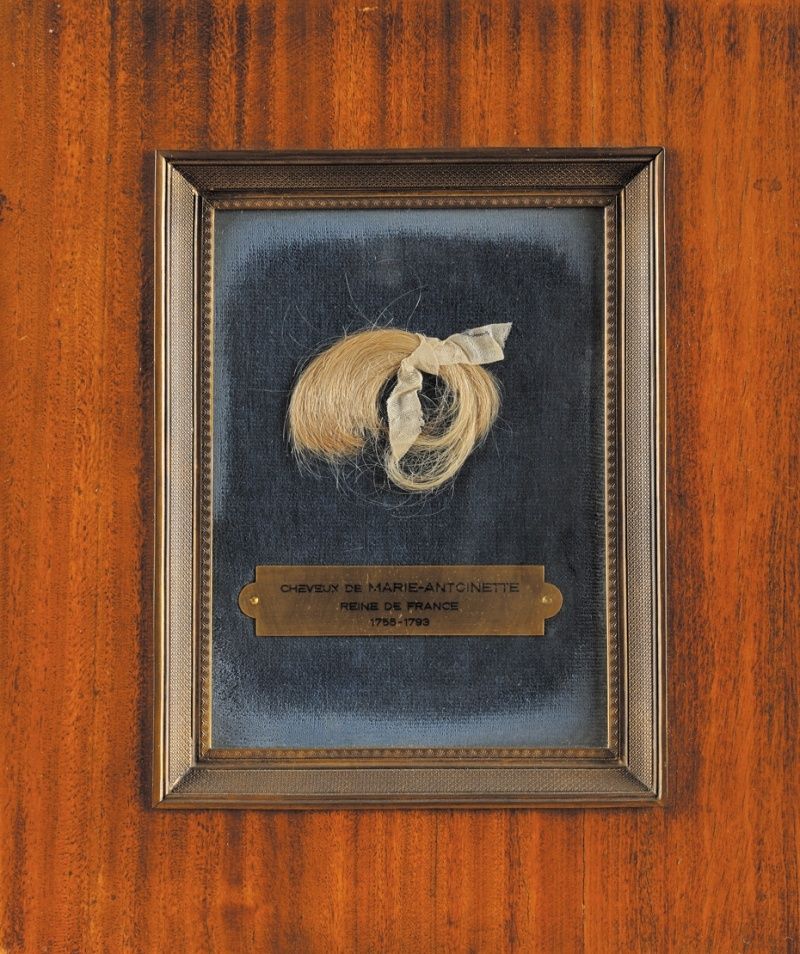While puce was all the rage for a few seasons it was eventually supplanted by a new colour trend; this new-comer took its origin very close to the royal person herself. When Marie Antoinette became queen having ash-blonde hair was highly fashionable. As a tribute of the newly crowned queen, her brother-in-law, the Comte de Provence had a few locks of her hair dispatched to Gobelins and Lyon to be turned into satin. The request was made in November 1775 and set the tone for what French society was to wear for the following year.
The result was a pale gold colour which instantly became the highest fashion. Dresses and suits were sewn from this delicate hue while others went even further. One man of note was noticed to have had his horse's harness dyed to follow the latest trend.
As with most fashion trends, it was quickly noticed who were keeping up with the times. Sometimes, just a small fashion statement could be enough to showcase this. For example: a Mademoiselle Duthé was noted to have worn satin shoes in the hue of "cheveux de la Reine" while enjoying herself at the opera.
 |
| A lock of Marie Antoinette's actual hair. It was given to the Duchesse de Fitzjames before the Queen was moved to the Tuileries |
One story has it that once the source of the colour became well-known the pages of Fontainebleau were sent to Paris to acquire new drapes and ribbons of the colour.
The colour did not die out with the monarchy. One politician risked his life in 1791 by broadcasting his support of the monarchy through his choice of dress. He wore a suit in the - by then - famously familiar shade.
As late as 1863 the New Peterson Magazine mentions that the daughter of an American minister in Paris was spotted wearing "a very pretty dress in a fawn-colour, known as the Cheveux de la Reine..." at one of her father's receptions.

No comments:
Post a Comment